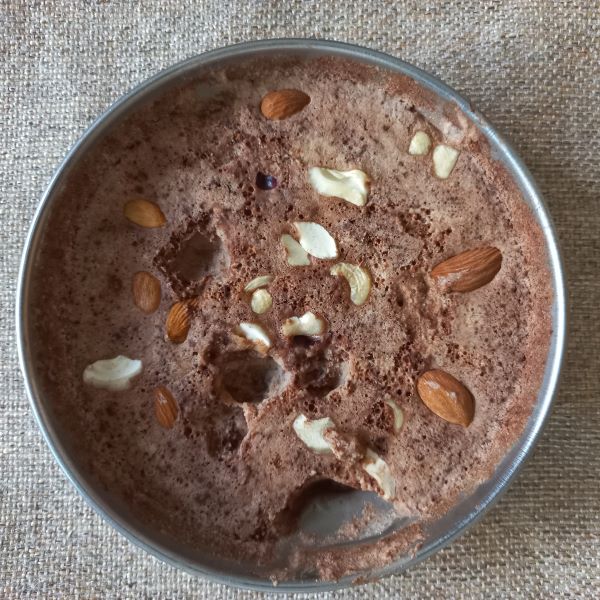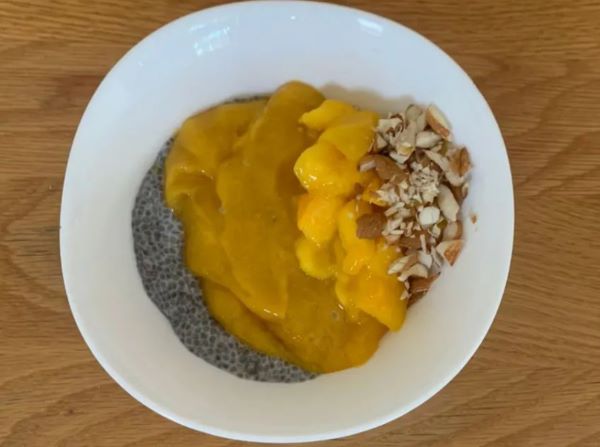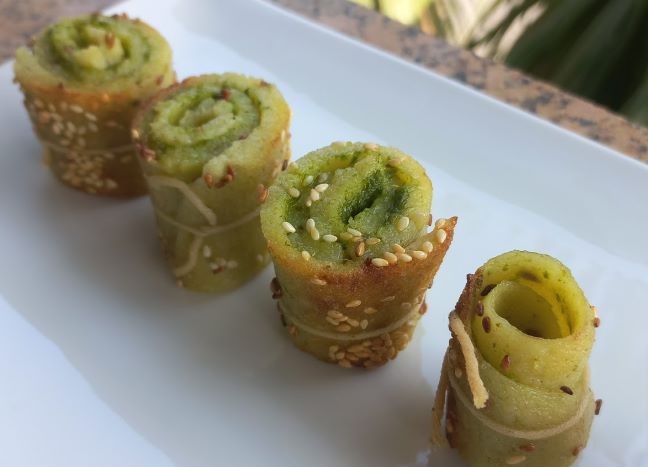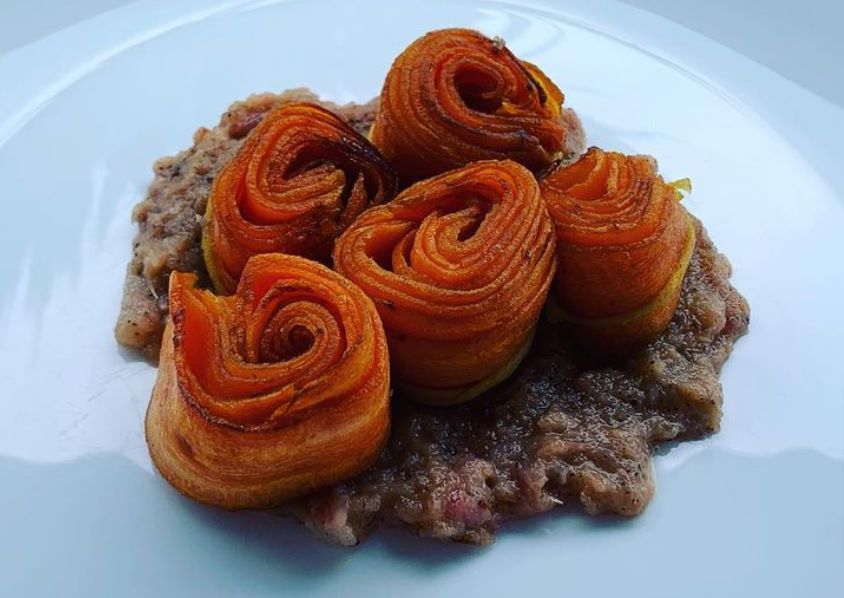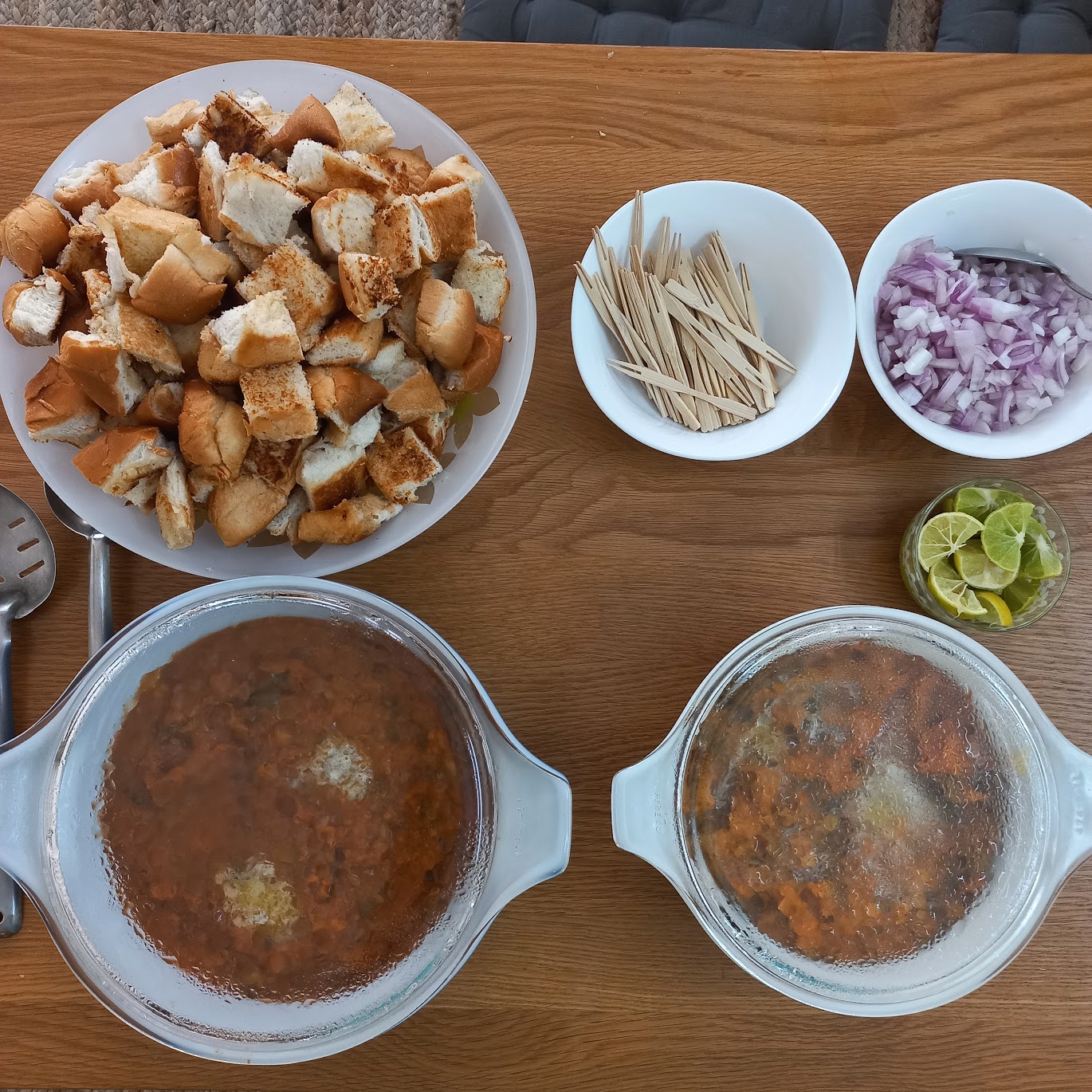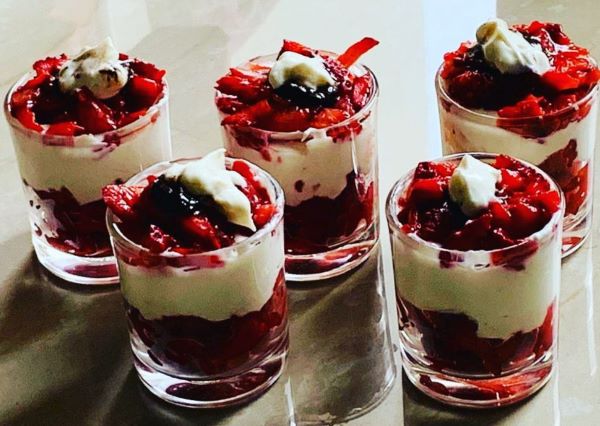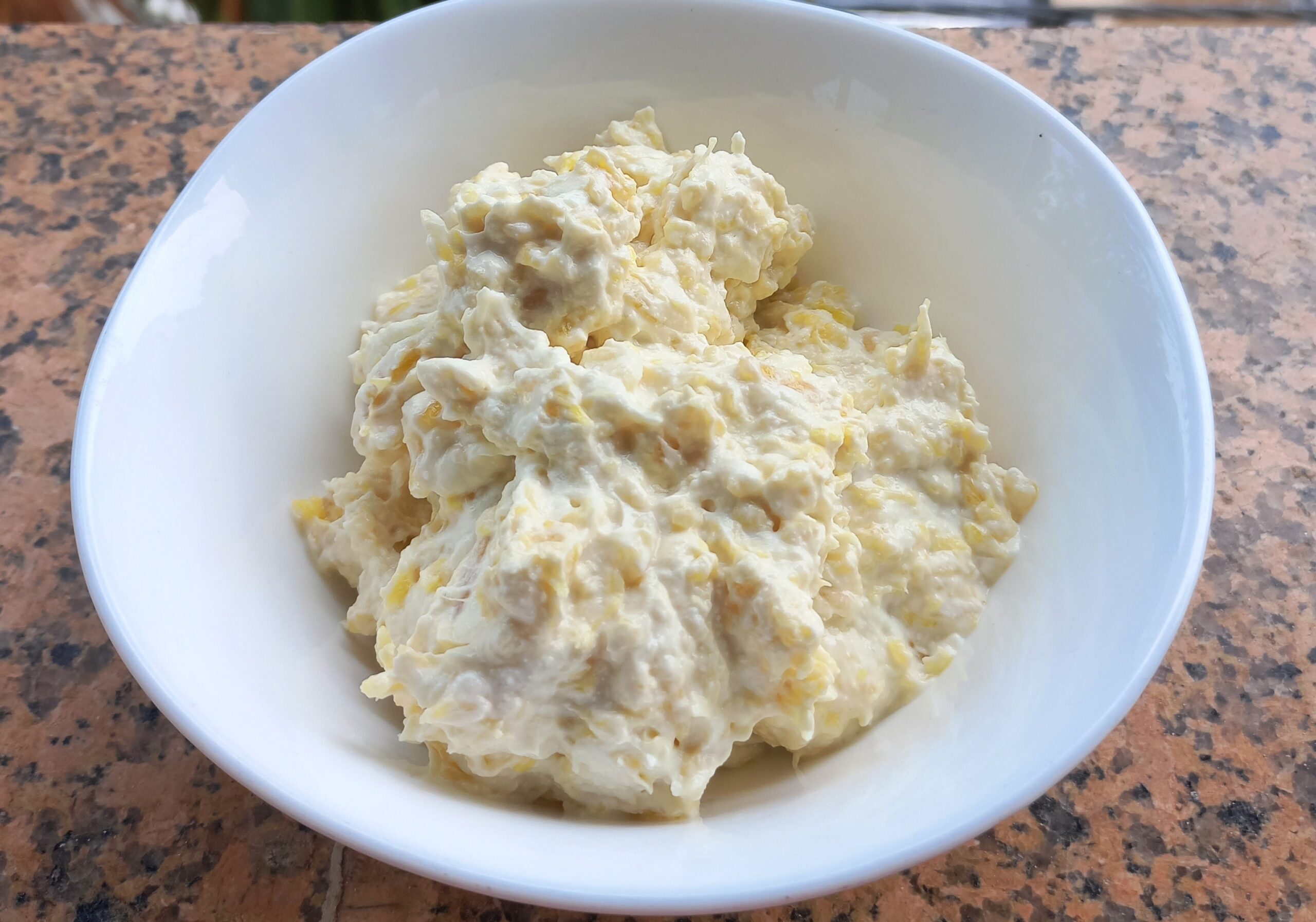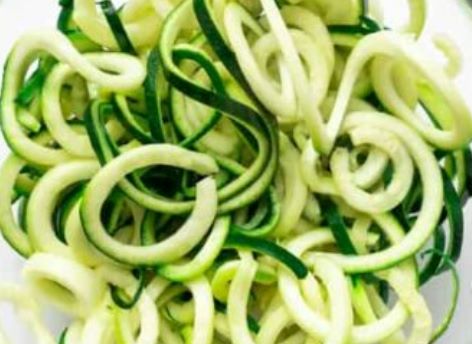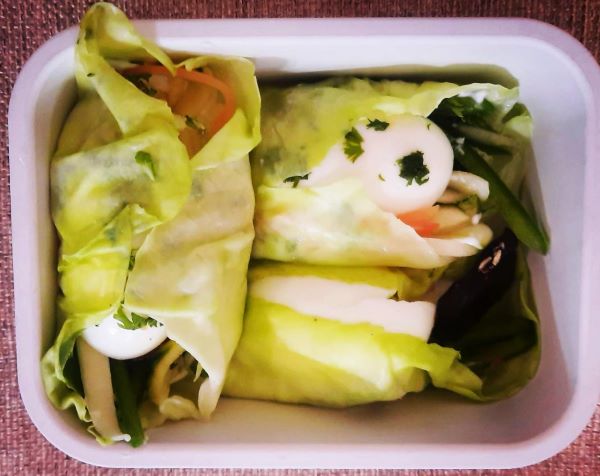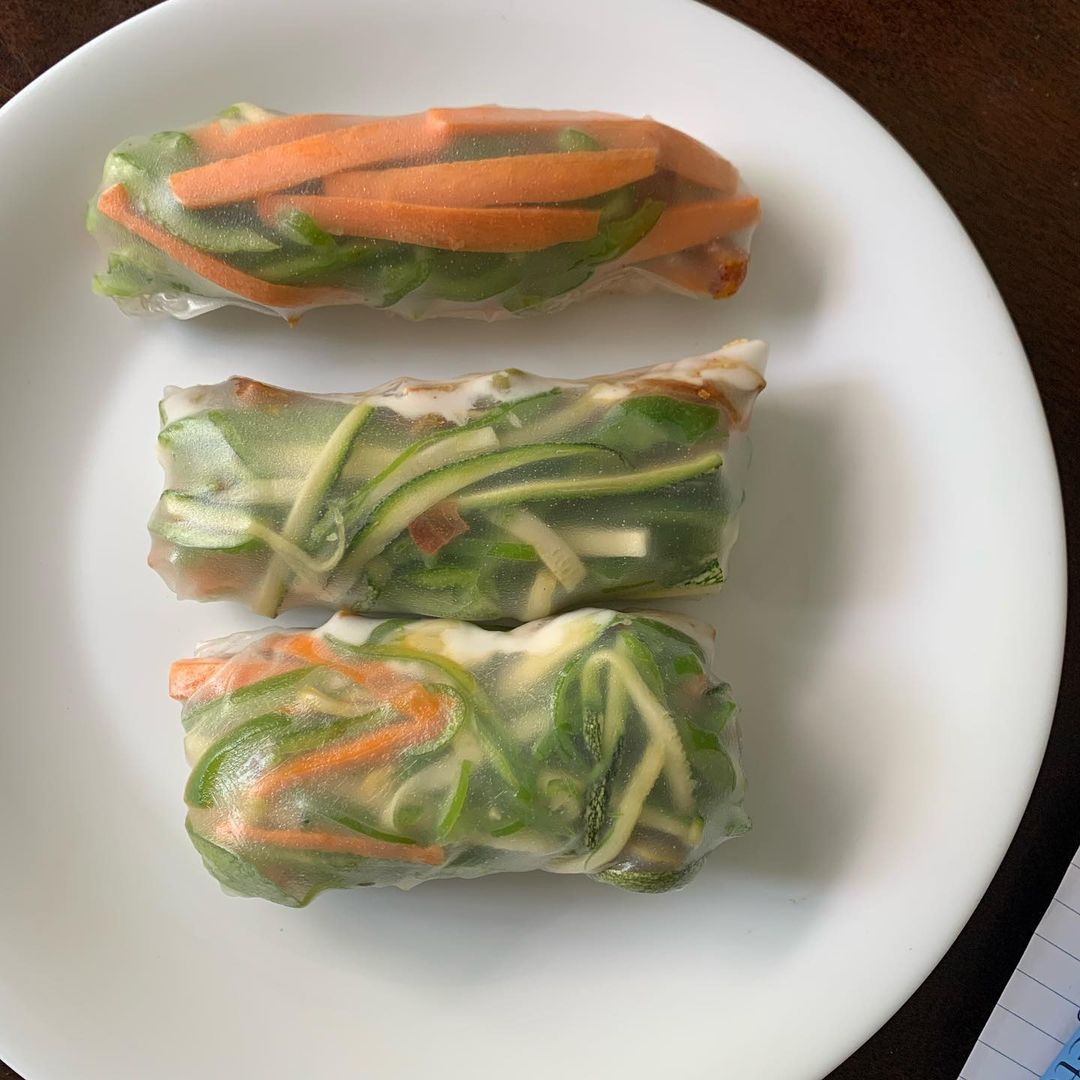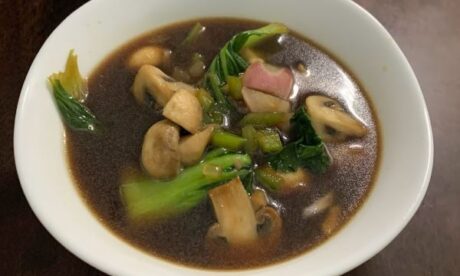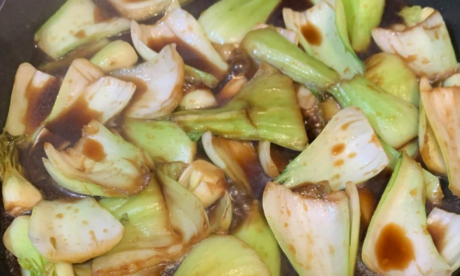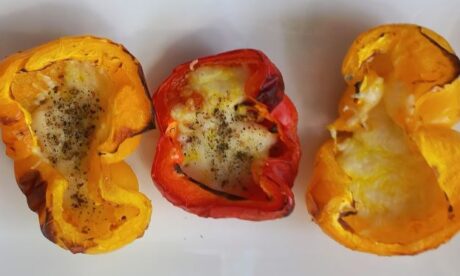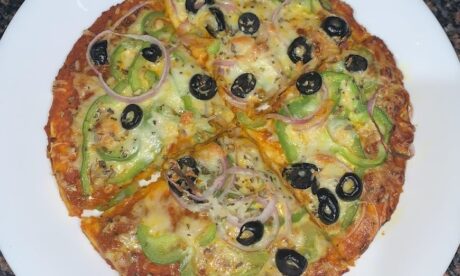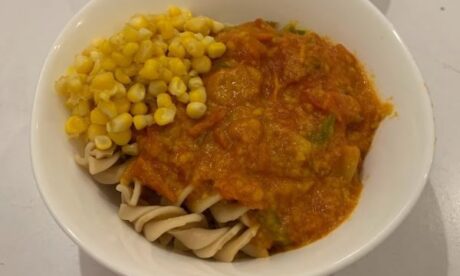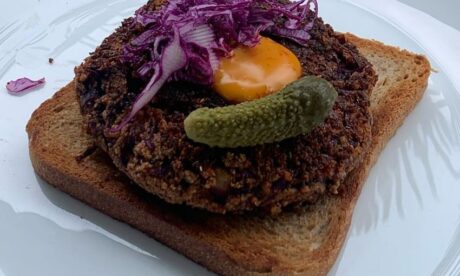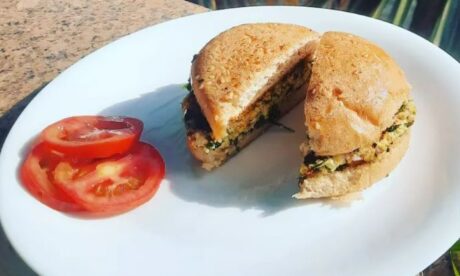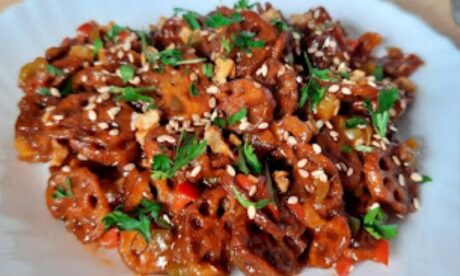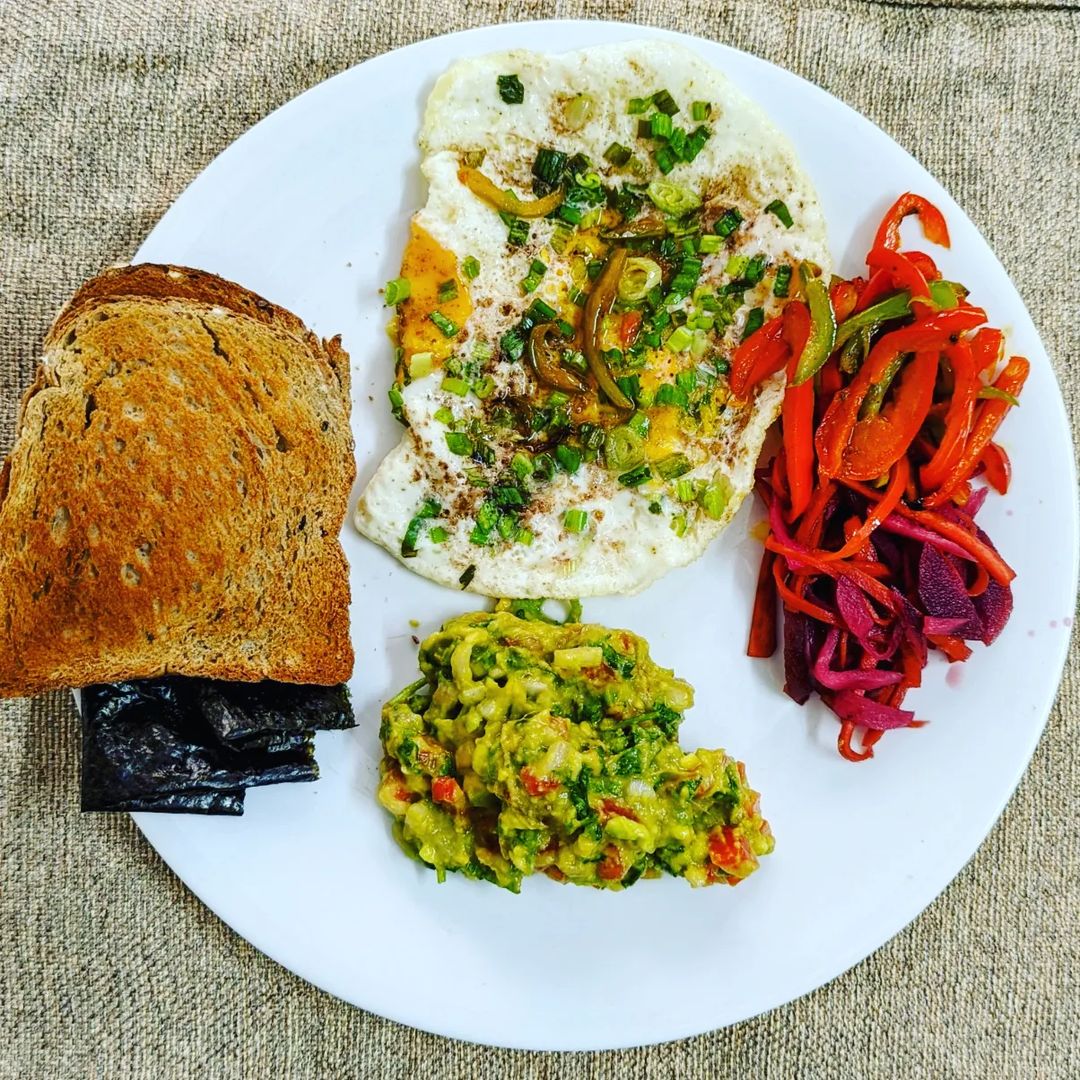
Help Children Appreciate Home-Cooked Food
In a previous post, we described how we create visually appealing, delicious, and nutritious lunch boxes for Sabi. After that, we received many questions about how to cultivate Sabi’s appreciation for healthier, home-cooked meals.
The Transformation of Mainstream Indian Food
Over the past three decades, mainstream Indian food has undergone a transformation, incorporating higher amounts of sugar, masala, and fat-rich ingredients like butter, ghee, cream, cheese, and mayonnaise.
Excess Masala
Chillies — both red and green — were introduced to India in the 1500s by the European traders from the Americas. Prior to that Indians ate spicy food but hot food. Today, however, it is impossible to imagine any mainstream Indian food without the tomato-onion-garlic-ginger-chili gravy.
- Spicy: Characterized by a rich flavor and aromatic essence from spices like cumin, coriander, cinnamon, and cloves.
- Hot: Creates a burning sensation on the tongue, thanks to the capsaicin in chili.
- On a side note: Did you know? Foods like Potatoes, Tomatoes, Green and Red Chilies, Green Capsicum, Yellow and Red Bell peppers, Sweet potatoes, Corn, Pumpkins, Squashes, Sunflower seeds, Rajma, Papaya, Pineapple, Guava, Sitaphal, Peanuts, Cashews, and Amaranth weren’t native to India. They made their way to the country in the 1500s via Portuguese traders.
Excess Fat
Traditionally, high-fat ingredients were reserved for select dishes. However, their usage has become common in Indian cuisine over time:
- Dosas, once lightly oiled, now glisten with butter or ghee.
- Creamy gravies, once exclusive to Shahi Paneer and Dal Makhani, are now widespread.
- Pav Bhaji became Butter Pav Bhaji, which has now devolved into Cheesy Pav Bhaji.
- The humble naan now has a cheesy version.
- The simple milk, rice, and sugar Kheer is now sometimes made with condensed milk.
- Butter chicken, initially yogurt-based, often incorporates butter today.
The Question of Accuracy in Labeling
There’s a trend of making questionable health claims in the food industry. A case in point is the debate around Maggi noodles.
Decoding the Shift
Multiple factors contribute to these changes:
- Increased incomes have prompted people to add more fats to their carbohydrate-rich diets, amplifying flavors without necessarily enhancing nutrition. In contrast, higher-income cultures have protein-rich food.
- The food industry, eyeing bigger profits, loaded their offerings with addictive and premium ingredients.
The Importance of Home-Cooked Food
With health concerns growing, it is crucial that children appreciate healthier alternatives to processed foods:
- Loss: Both high-fat foods and strong flavors can desensitize taste buds, making it difficult to appreciate the subtle flavors of individual vegetables.
- Addiction: High-fat foods, sugar, and strong flavors trigger release of dopamine, a neurotransmitter that signals pleasure and reward. This can lead to cravings for more similar food.
- Results in bad choices: Over time, we may start eating to satisfy our craving for flavor, rather than our nutritional needs. For example, we may choose dishes with tomato, onion, garlic, ginger, and chili gravy over more nutritious options. In fact, once addicted to these flavors, we may be able to live off of potatoes, mushrooms, soy, and paneer without ever exploring the nutritional diversity of different vegetables.
Principles
We have four clear aspirations:
- To cultivate Sabi’s palate for nutrient-rich foods.
- To promote daily home-cooking amidst the allure of instant deliveries like Swiggy and Zomato.
- To instill cooking as an essential life skill.
- To encourage an adventurous palate, countering the natural childlike hesitancy towards unfamiliar foods.
In support of these goals, we exposed Sabi to a variety of cuisines and tastes. This holistic approach helped Sabi enjoy and appreciate the myriad nutritional benefits of diverse foods.
Approaches Adopted
Situationally, we employed different tactics to further the goal:
1. Harnessing the “IKEA Effect”
Named after the popular furniture brand, this cognitive bias means people value what they help create. By involving Sabi in meal prep, she felt more connected to the food, enhancing her enthusiasm to eat.
Gardening
Sabi’s gardening journey began with micro-greens.
- Micro-greens require minimal technique to grow and are ready to harvest within approximately 3 weeks.
- To achieve different flavors, simply use different seeds. For example, you can grow micro-greens from basil, mustard, radish, spinach, etc. seeds.
Over time, she has progressed to growing veggies on the balcony. This hands-on experience made her cherish the salads made from her harvests even more.
In other situations, we got eggplants from her cousin’s garden. This helped her bypass her reservation of eating eggplant for the sake of keeping her cousin brother happy.

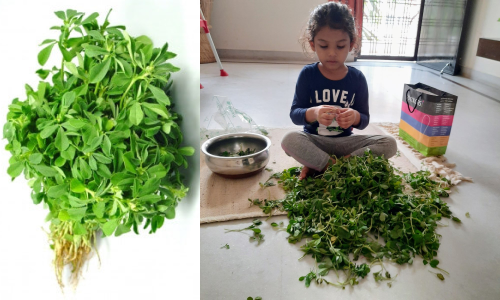



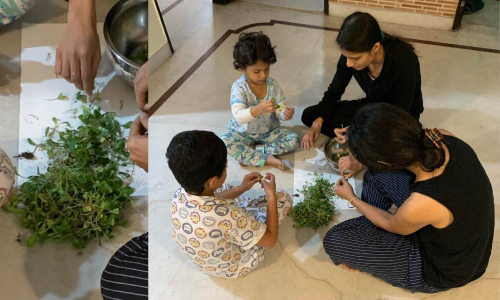
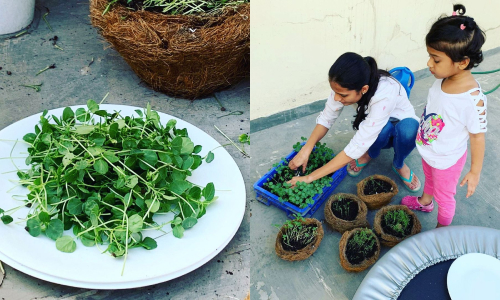
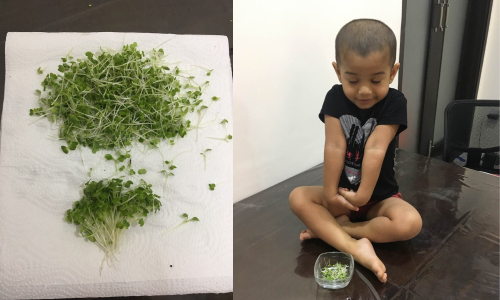
Kitchen Helper
We gradually involved Sabi in cooking tasks, starting with simple ones and and progressing to more complex ones over time. This not only taught her a valuable life skill, but also broadened her knowledge on various topics discussed during these sessions.
- When she was younger, this was an excellent way to spend time with her while handling household chores. We initially assigned her simple tasks like removing leaves from stems.
- Later, we bought her a blunt knife and taught her how to chop.
- As her skills developed, we taught her how to flip rotis and dosas on the stove.
- She also now assists with measuring ingredients, which helps improve her numeracy skills.
- Throughout this time, setting the table has been her responsibility.
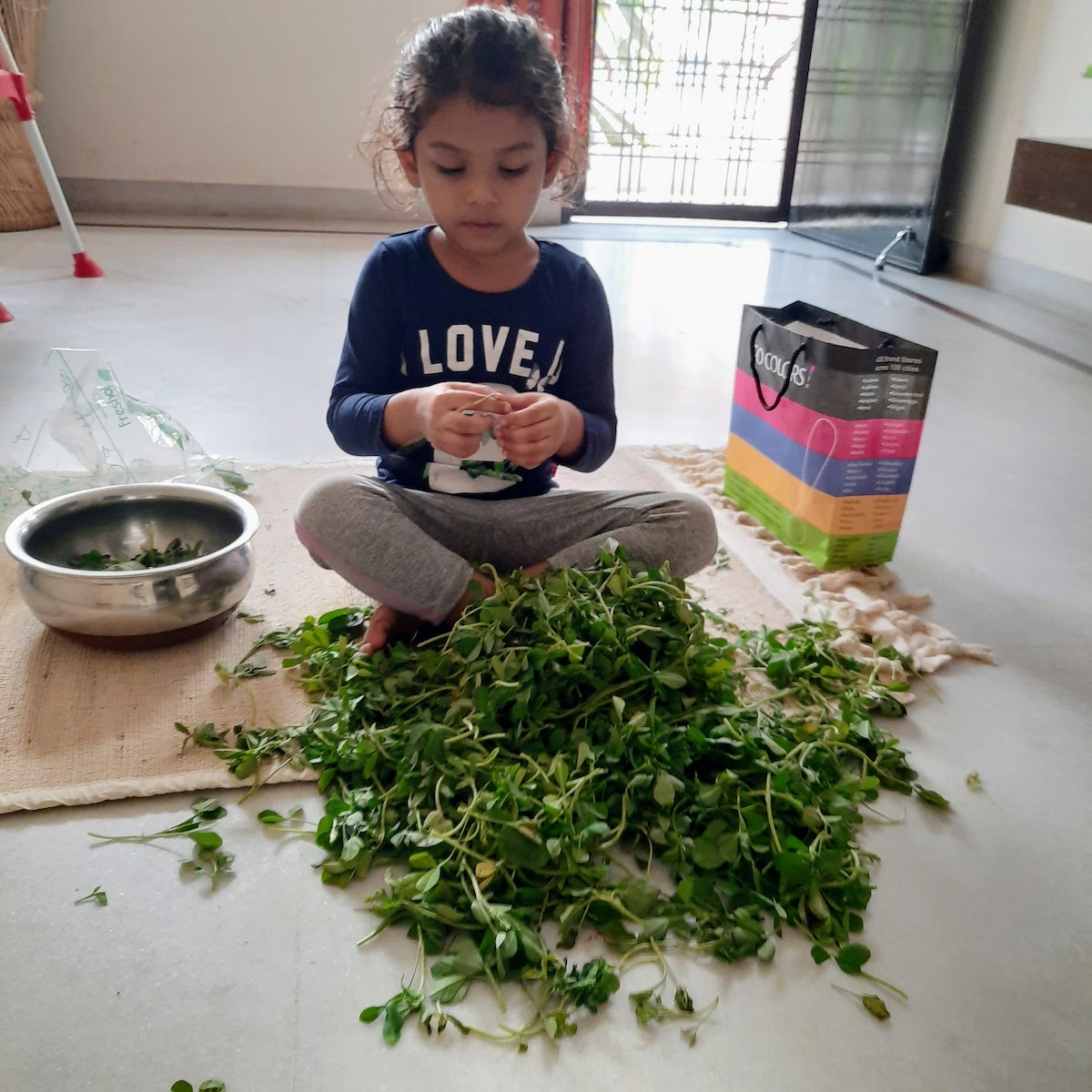

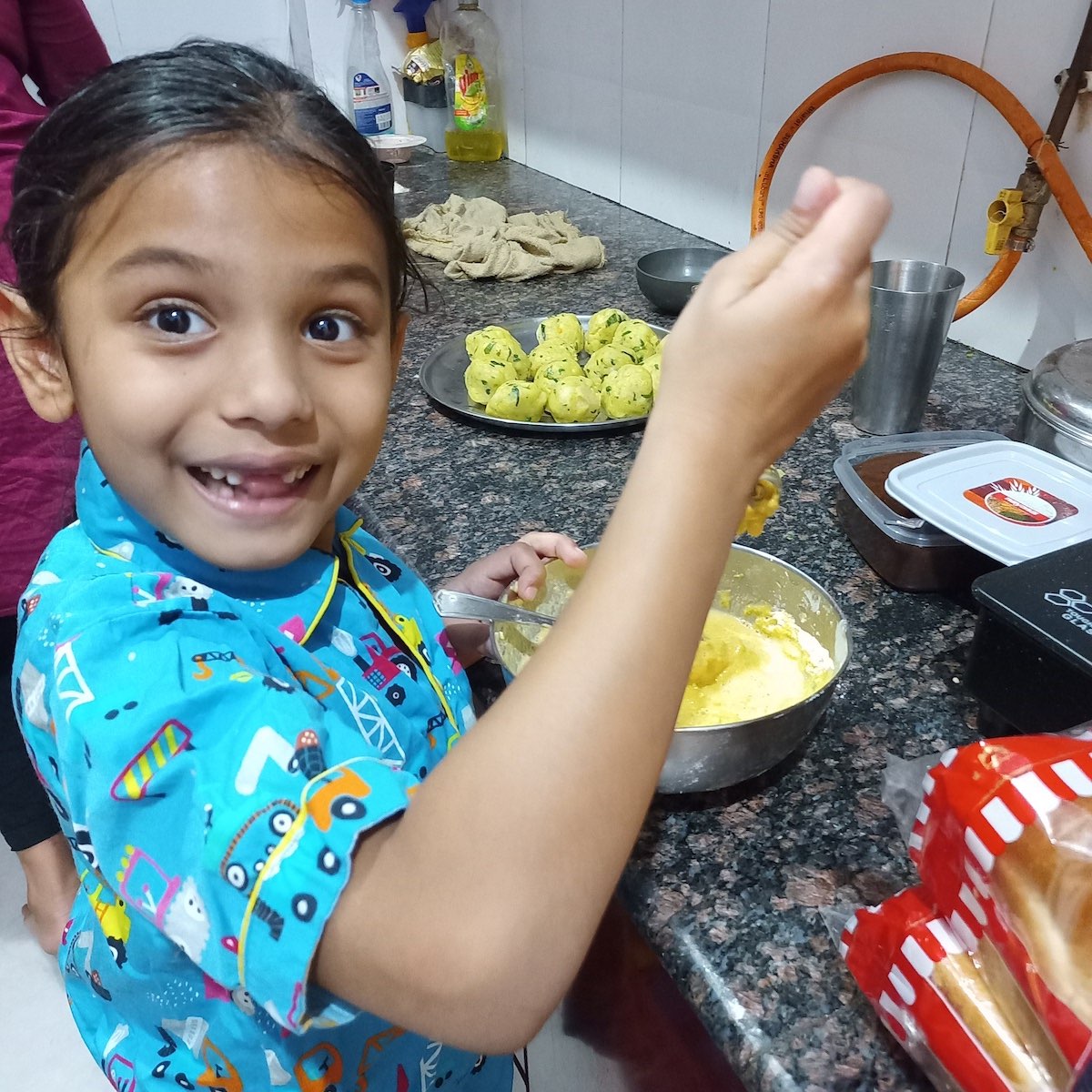
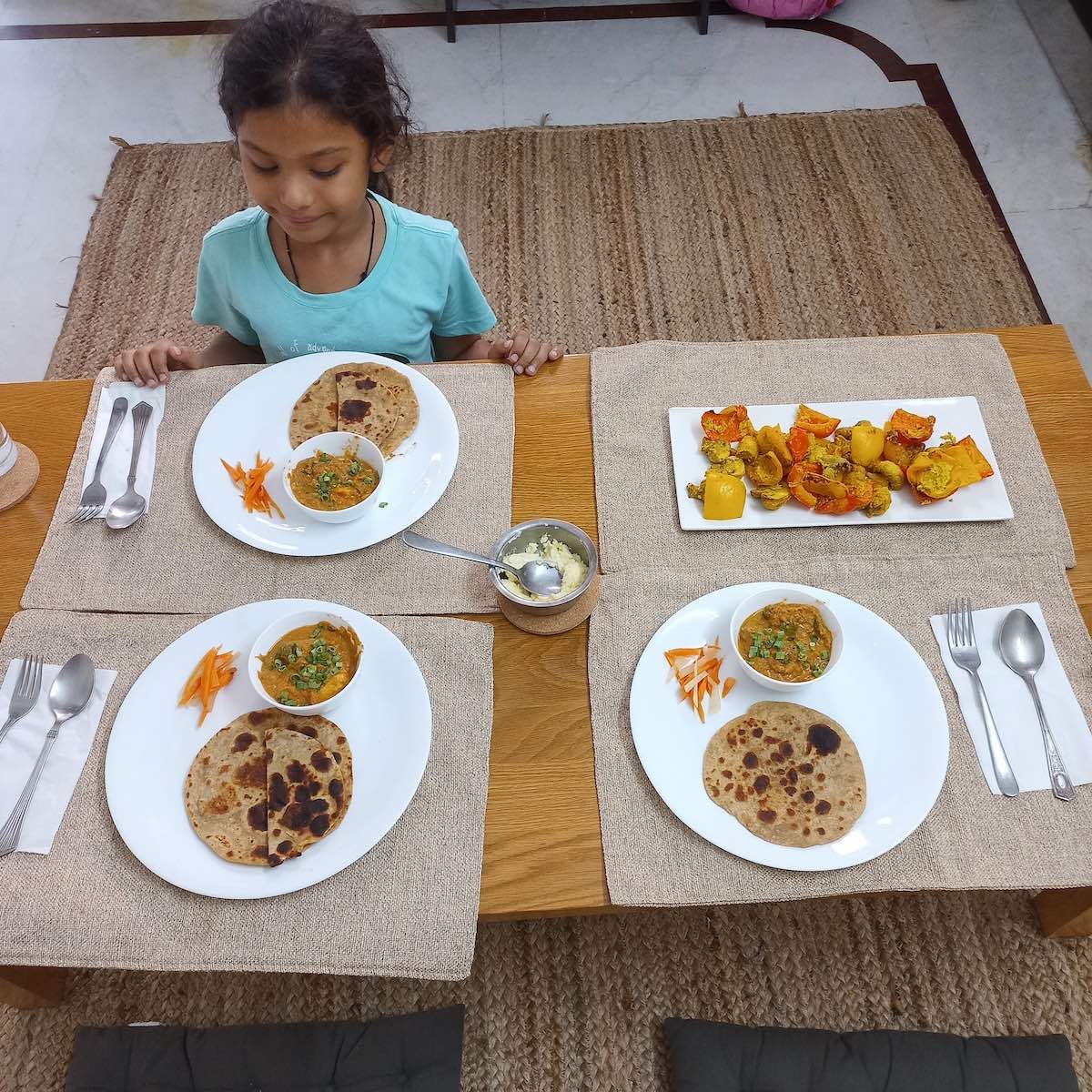
Prepare her Own Meals
Inspired by her ability to help with meal preparation, Sabi began making basic salads for herself as she got older. Her choice of spices was sometimes unconventional, but we were content as long as she enjoyed the food she made. In addition to this, she is comfortable making simple drinks for herself, such as lemonade, jal jeera, chaas, and even aam panna if the mango pulp is ready.
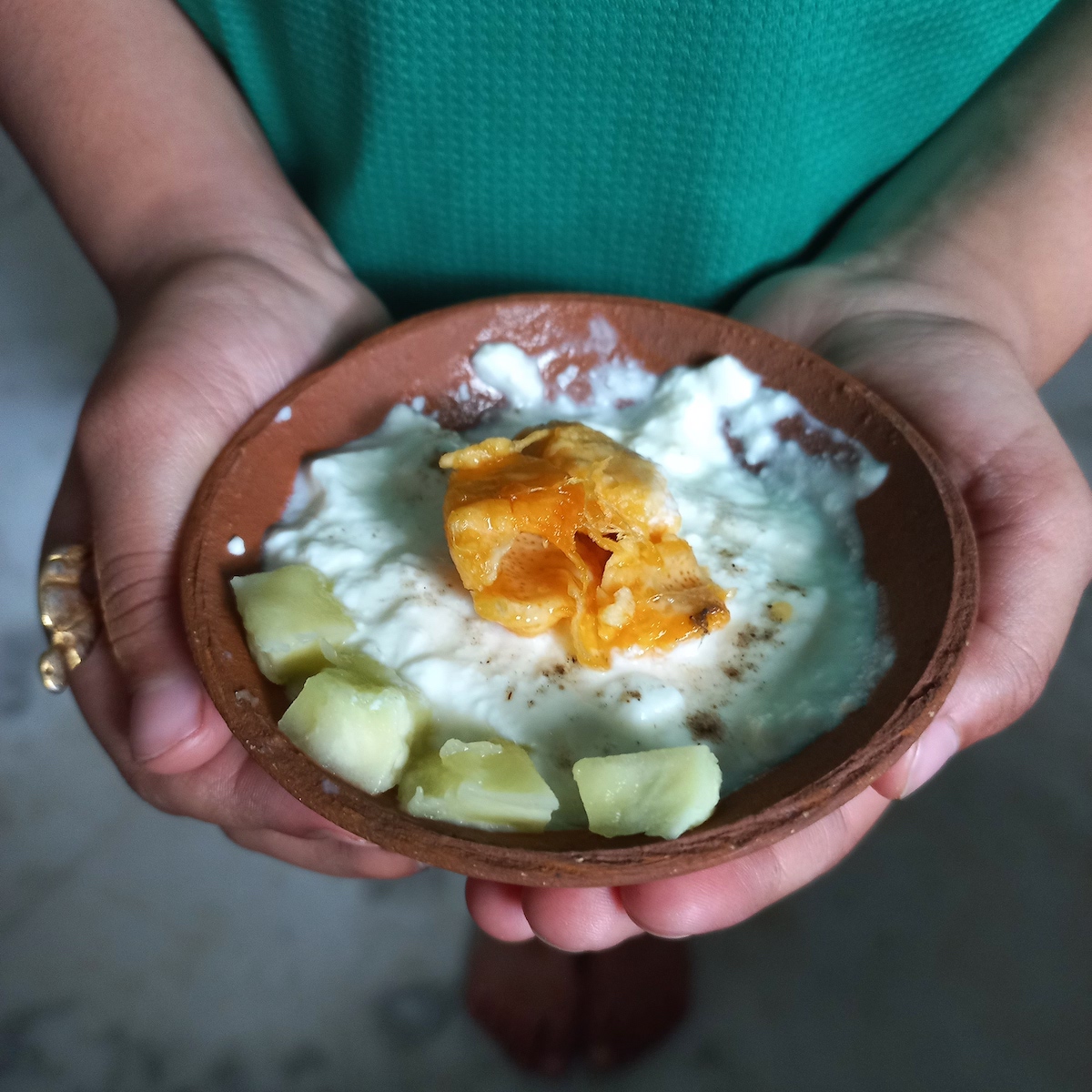
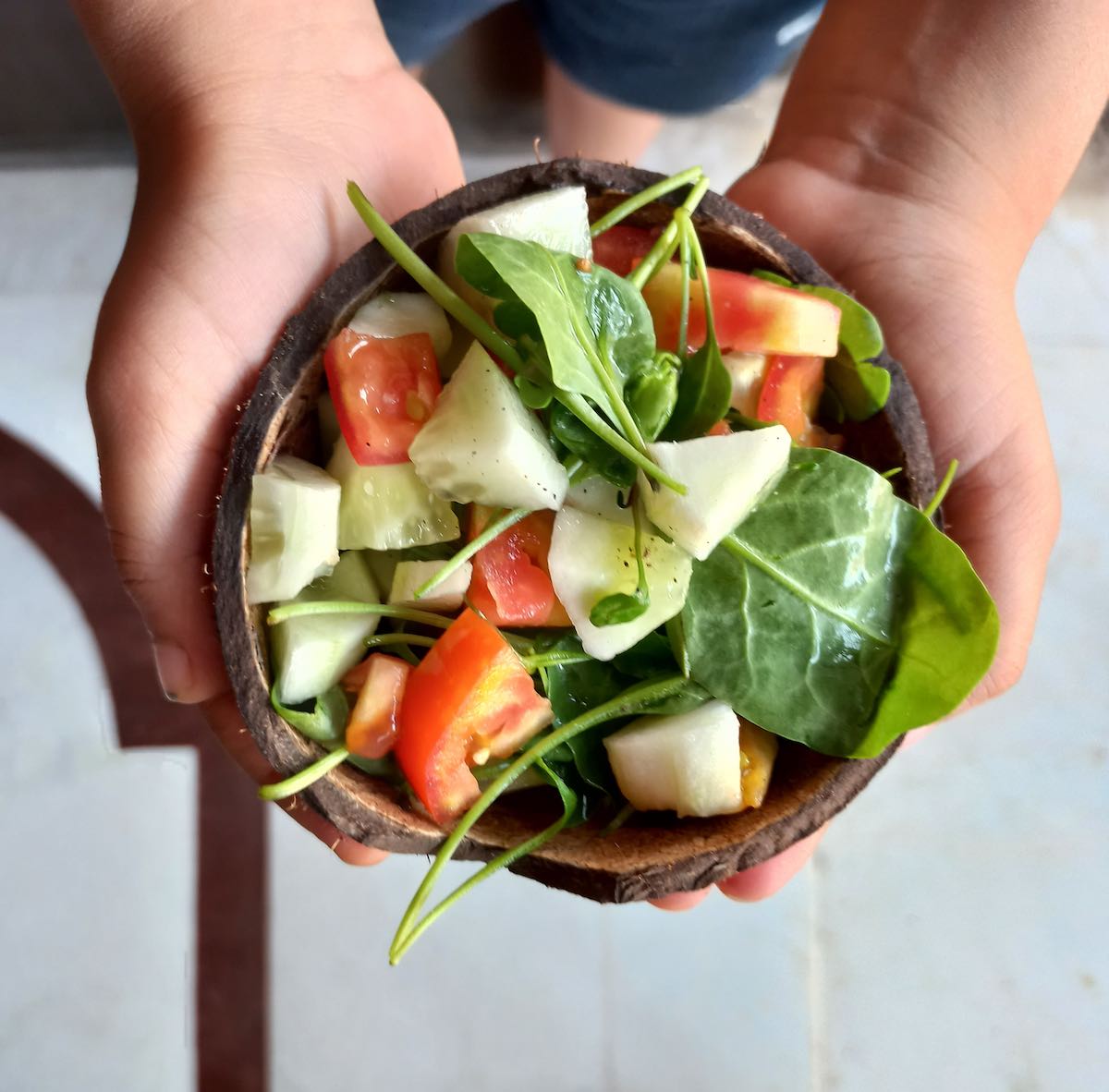

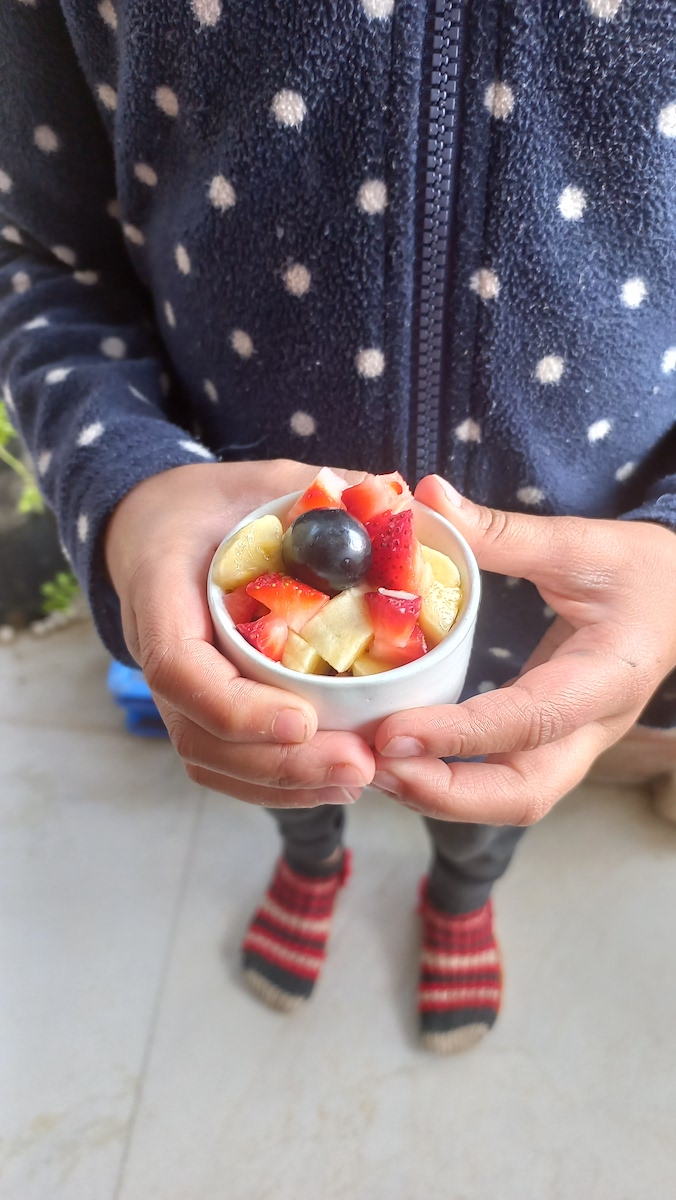
2. Creative Naming
Using imaginative names for dishes piqued Sabi’s curiosity, making meal times more engaging. This used to be especially effective for toddler and pre-schoolers. However, as she grew older and her vocabulary expanded, it became less effective.
3. Aesthetic Presentation
Form of the food
A focus on visual appeal guided our healthy lunch boxes and meal strategies.
Soups and Brothy Meals
Soups and broths, with their varying flavors and health benefits, also became a household favorite.
- Each combination provides a unique flavor profile, so it can often be something new.
- Nutritionally, broths keep you hydrated, act as a digestion aid, and are low in calories.
Rasam. Historically, the only broth that we’ve consumed is Rasam, which is a South Indian vegetable and lentil broth made using tamarind juice, tomatoes, various spices, and lentils. It aids in digestion and provides Vitamin C and has anti-inflammatory properties.
Ramen. Over the years, we have tried making different types of vegetable broths, using different vegetable combinations and sometimes even with miso paste. Once prepared, broth can be consumed as soup on its own or with ramen.
- Miso is a paste made out of fermented soya. It is good for gut health and provides nutrients like vitamin K, manganese, and zinc.
- For additional nutritional benefit — calcium, magnesium, collagen, and protein — you can choose to make bone broth.
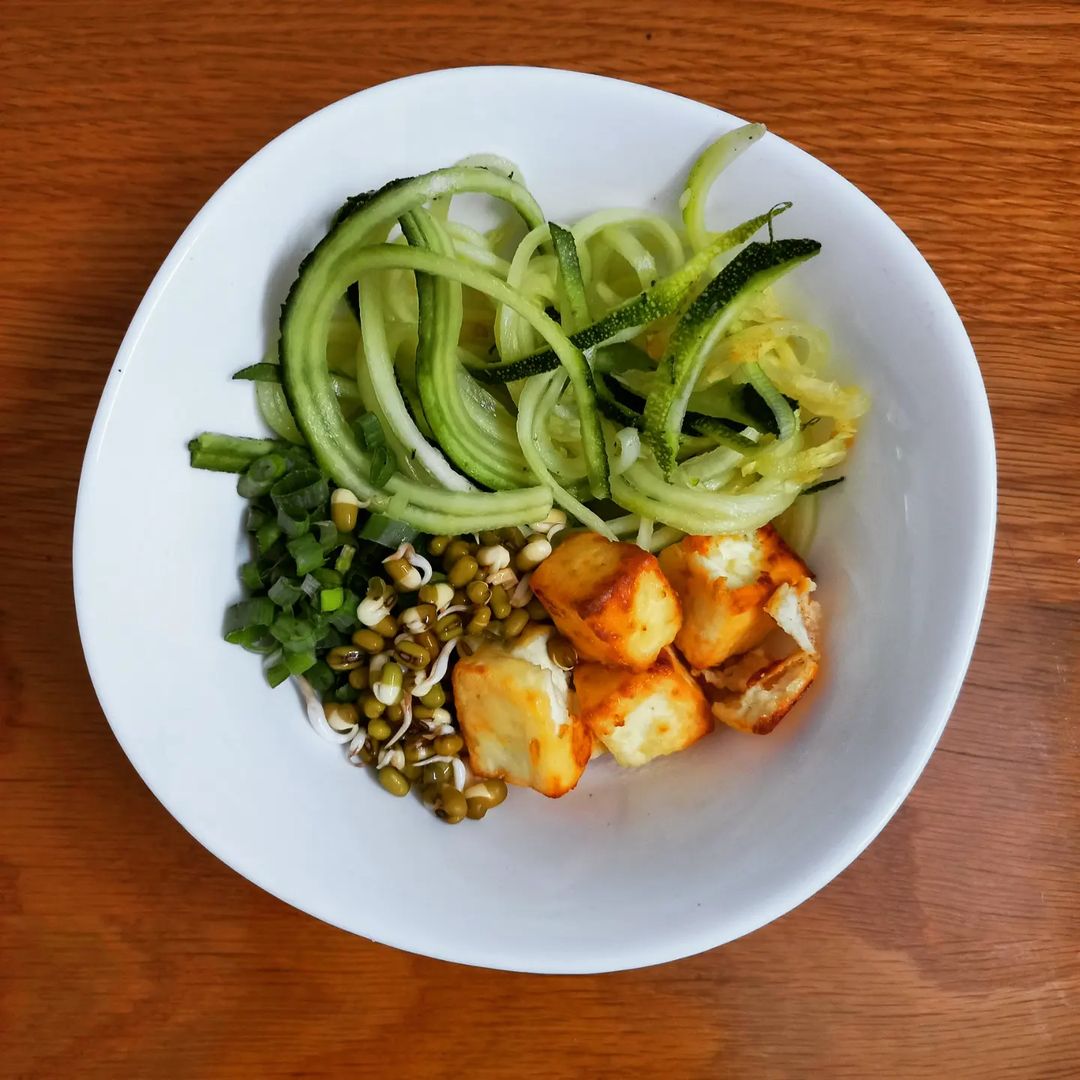
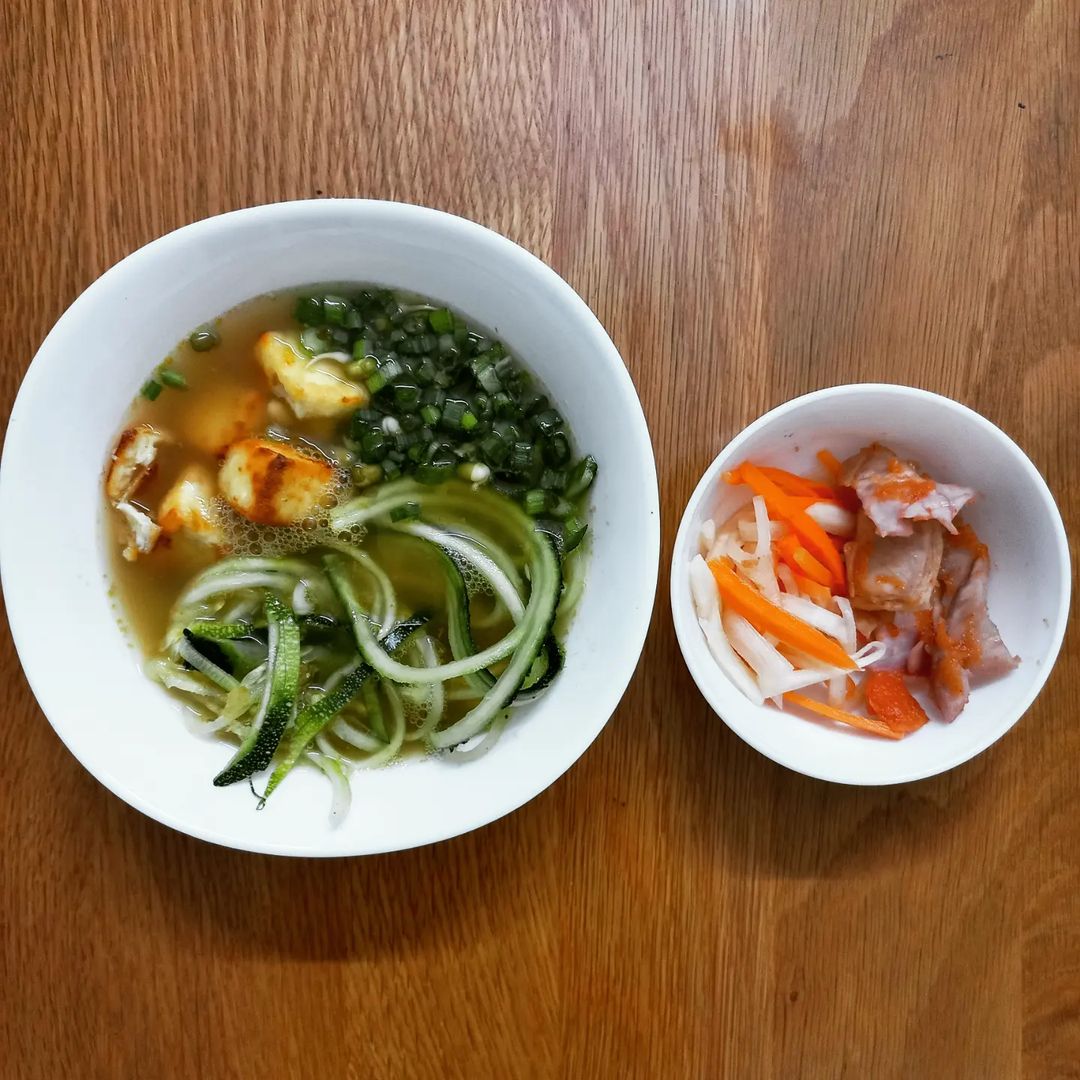
Below is a ramen recipe for Sabi: Zucchini noodles, grilled paneer, scallions, sprouts with 8 hours long cooked vegetable broth, Kimchi and pickled veggies on side. One can easily add pickled eggs to the mix.
Clear Soups. Most winter evenings, we make clear soups with Pak Choi or Mushrooms or the vegetable clear soup.
Color
Another thing that attracts children are colorful meals.
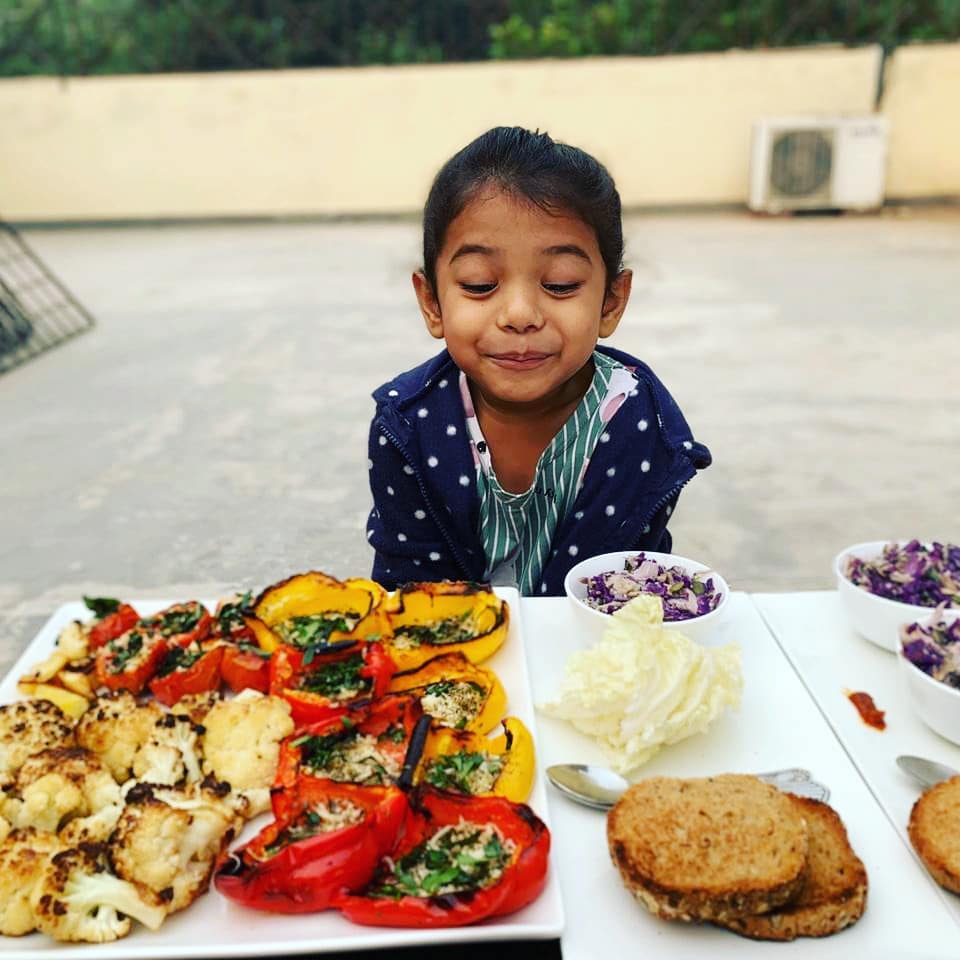
4. Fun Home-Cooked Meals for Weekends
Western
East Asian
5. Being Clear about Priority
Whenever Sabi left food unfinished, we guided her to prioritize eating nutrient-rich veggies, dals, and proteins over heavy carbohydrates — rice and rotis.
6. Picnic Excursions
Picnics offered a fresh setting, keeping meal times exciting.


Example
Egg is one of the most versatile nutritious food items that can be moulded into different forms and textures.
Emotions and Food Choices
1 – Stress
There’s solace in a warm drink on a challenging day.
Sabi was at her usual spot, excited to make some sales of her new ₹200 Tulsi Tea. Imagine her shock when the guards asked her to leave.
They explained that they had been watching her for over a year, and that selling low-priced bookmarks was okay. But hawking wasn’t allowed in the park, and now that she was selling a more expensive product, she was considered a street hawker.
Sabi was confused and upset. Some of her regular customers tried to help, speaking up for her. But the park staff didn’t budge. They pointed to the street, where the other sellers were, and said that’s where she should go.
Sabi was on the verge of tears. What could she do? She chose to sip some of her own calming Tulsi Tea. Sometimes, a little comfort can go a long way.
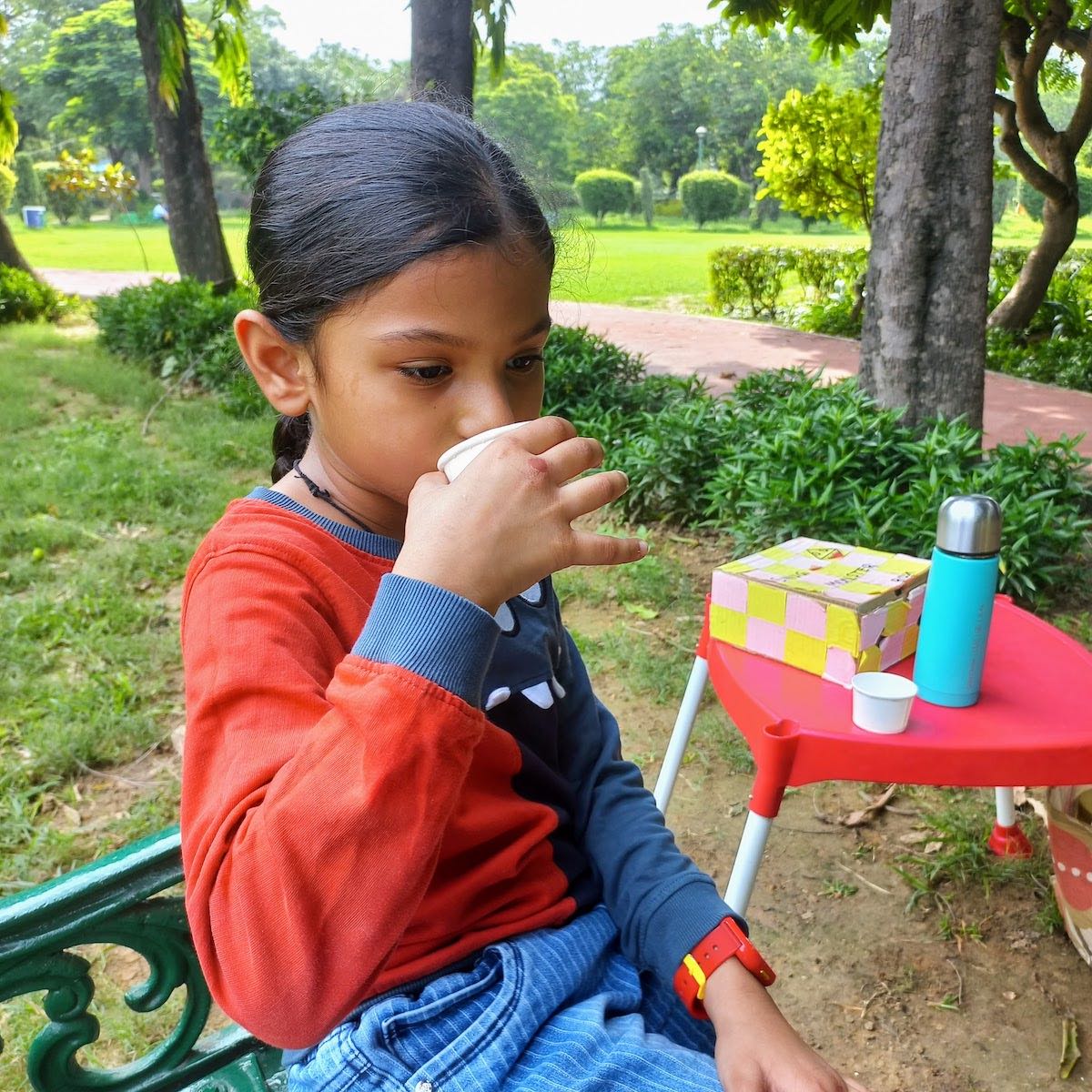
 1
1 Copied
Copied2 – Celebrations
On festive occasions, our choice for treats leans towards brands that prioritize simpler, healthier ingredients, like Naturals Ice cream.
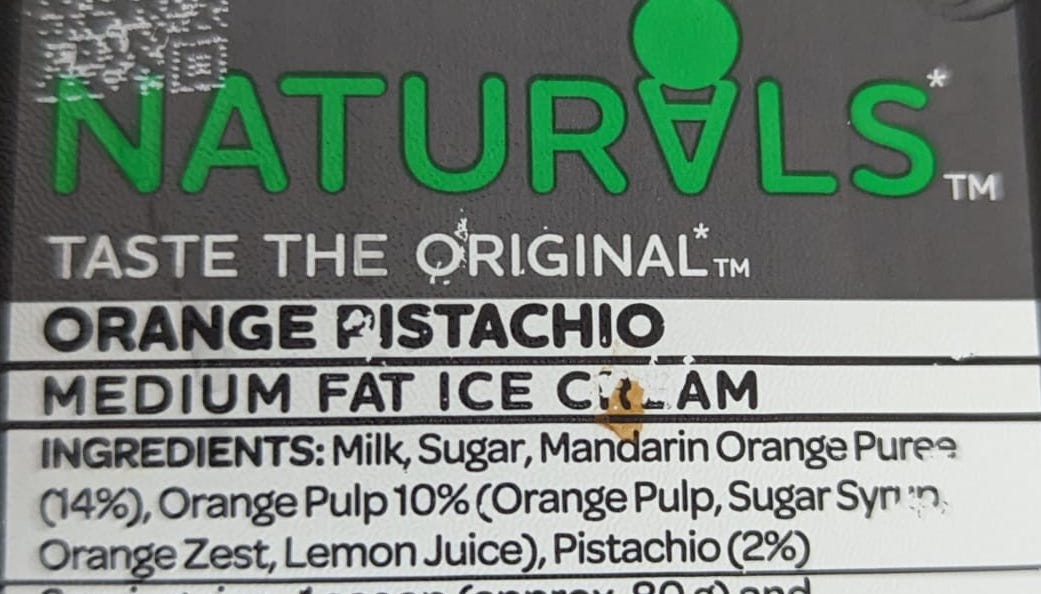
In comparison, look at the ingredients of a Kwality Walls Mango Icecream. There is more Palm Oil in the ice cream than milk.

Honest Admissions
We don’t exclusively eat home-cooked meals. There are times we indulge in outside food, especially during work stress, celebrations, or travels. But our core philosophy remains focused on healthier, home-cooked choices.


